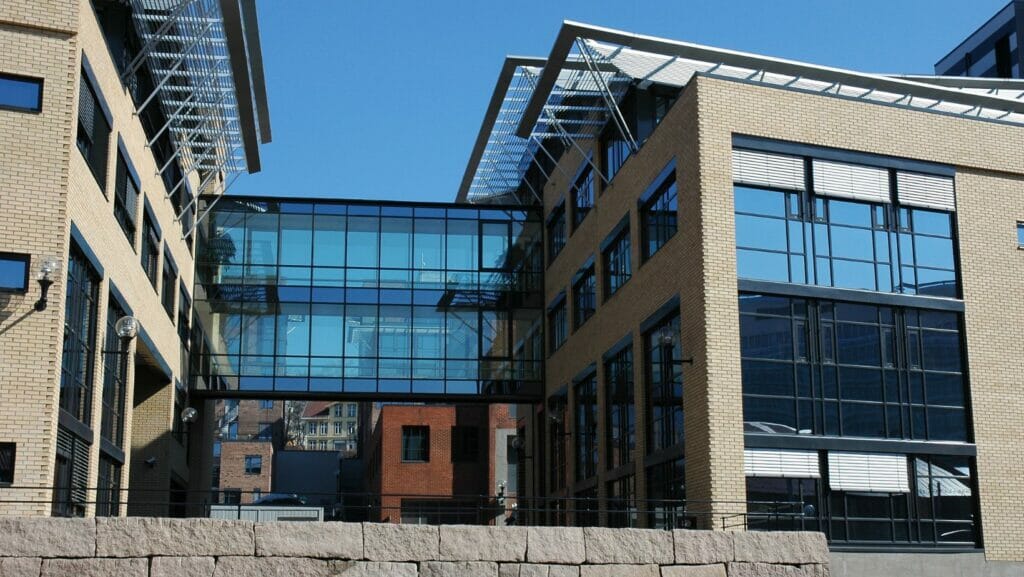
Local building codes and regulations can have a significant impact on the types of commercial glazing that can be used in a building and the installation process. These codes and regulations are in place to ensure that buildings are safe and meet certain standards for energy efficiency and accessibility.
When referring to building codes and regulations, remembering that they vary by location and are set by local governments is essential. They are designed to ensure that buildings are safe and meet certain standards for energy efficiency and accessibility. For commercial buildings, this can include requirements for the types of glazing that can be used and the installation process. We’ll take a closer look at the impact these regulations have on various commercial glazing choices below.
Impact on Glazing Choices
Local building codes and regulations can impact the types of glazing that can be used in a commercial building. For example, certain codes may require that a certain percentage of the building’s exterior be made up of energy-efficient glazings, such as low-emissivity (Low-E) glass. This type of glass is designed to reflect heat back into the building, which can help to reduce energy costs.
Another example of how building codes can impact glazing choices is through the use of safety glazing. Safety glazing is typically required in areas such as doors, sidelights, and other locations where people might be at risk of impact. This glazing is designed to be more durable and less likely to break, which can help prevent injuries in an accident. This is especially important for areas, premises, and buildings that are accessible to the public.
Impact on Installation Process
In addition to impacting the types of glazing that can be used, local building codes and regulations can also impact the installation process. For example, certain codes may require that glazing be installed in a specific way to ensure it is secure and will not fall out of the frame. This may include requirements for the use of certain types of sealant or other materials to secure the glazing in place.
Another example of how building codes can impact the installation process is through the use of fire-rated glazing. Fire-rated glazing is designed to endure high temperatures and avert the spread of fire. Building codes may require that certain areas of a commercial building use this type of glazing and that it be installed in a specific way to ensure it will perform as intended in the event of a fire.
Why are Building Codes and Regulations Necessary?
Generally, local building codes and regulations play a significant role in determining the types of commercial glazing that can be used in a building and the installation process. These codes and regulations are in place to ensure that buildings are safe and meet certain standards for energy efficiency and accessibility.
By understanding the impact these codes and regulations can have on commercial glazing choices and installation, building owners and contractors can make informed decisions that will help ensure their buildings are compliant and safe for use, reducing any risks of accidents that could harm the public, as well as their reputation.














